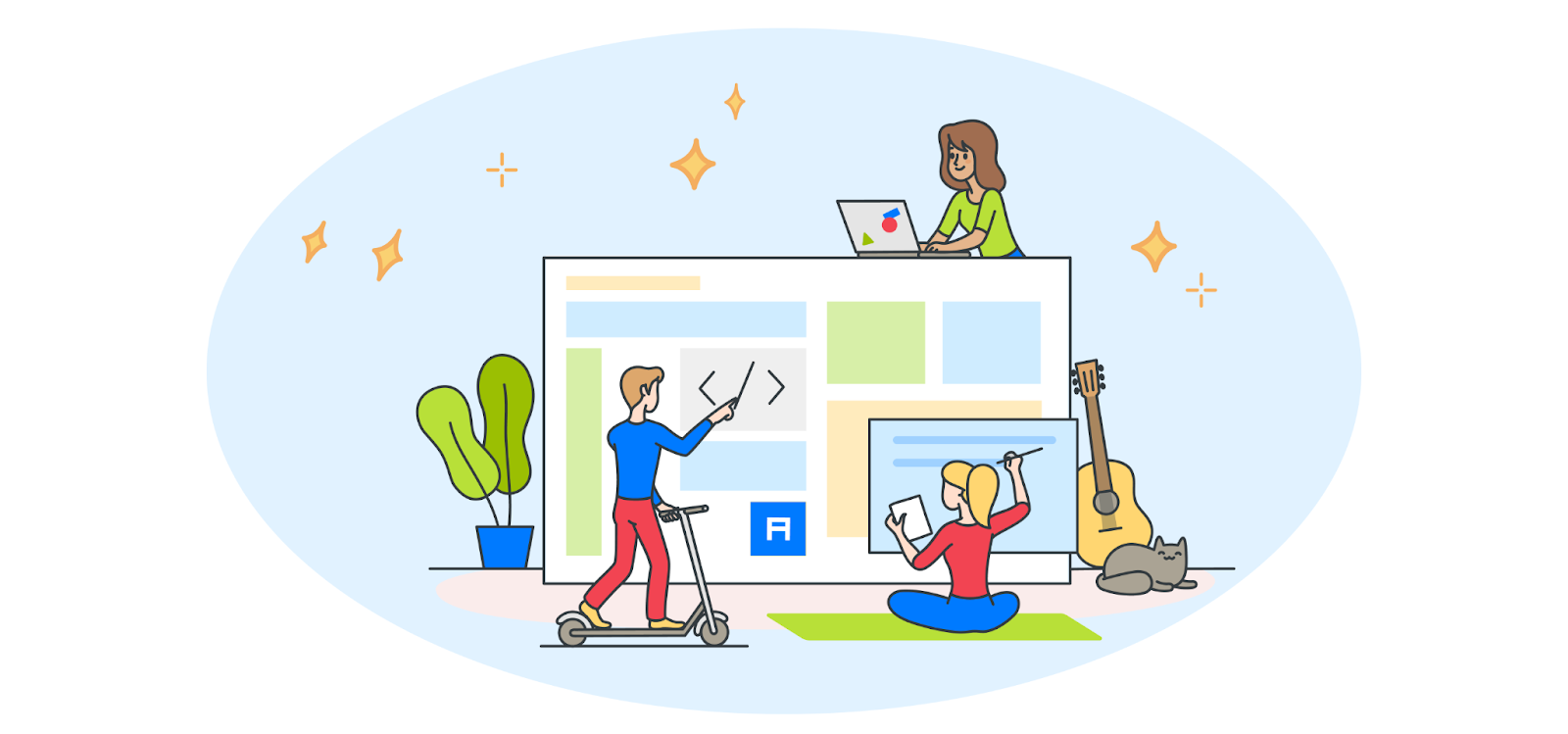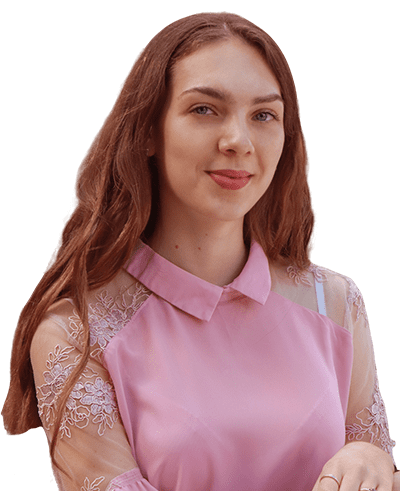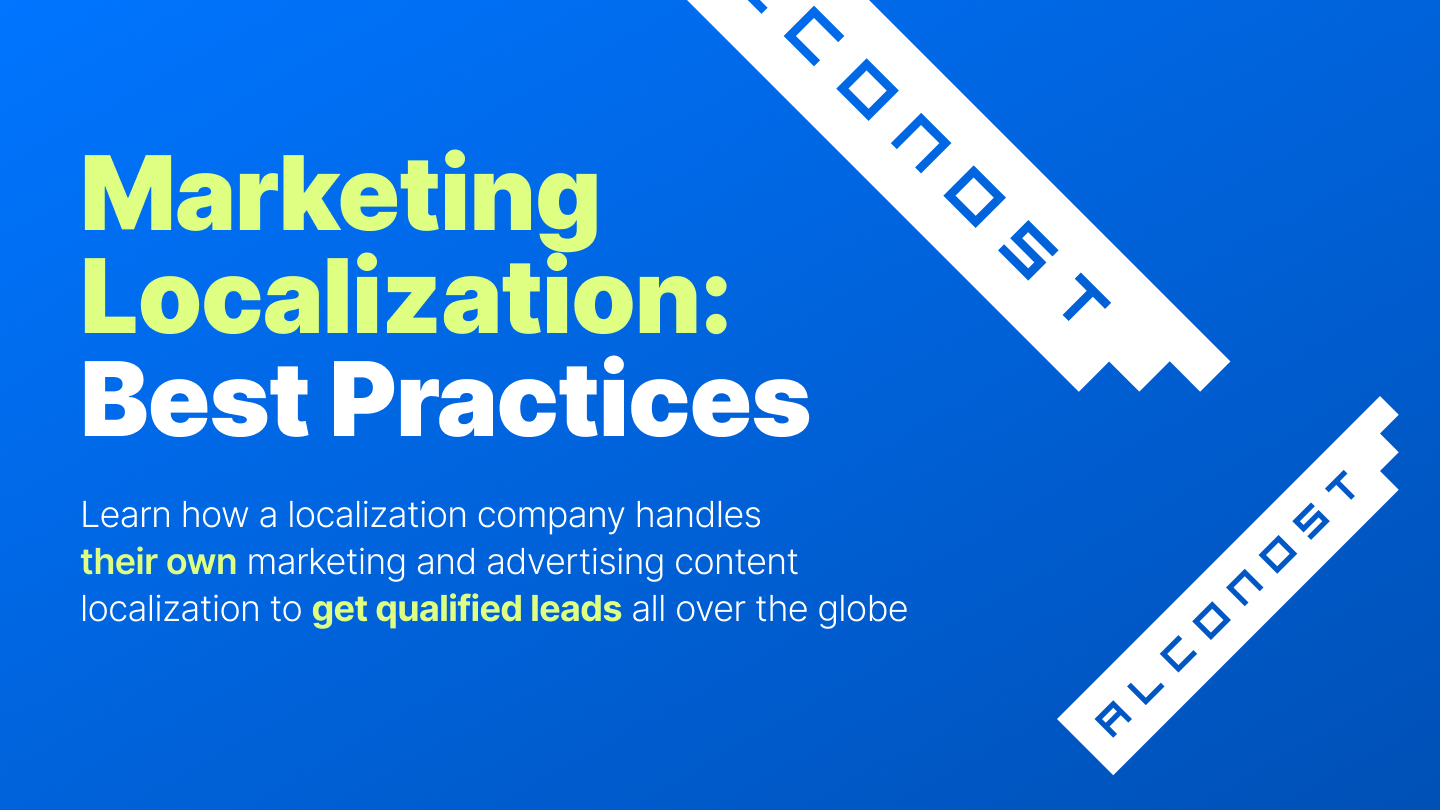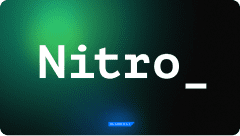Localization closely tracks the dynamics of change throughout the technological landscape in tandem with worldwide software development and release. Localization project management techniques often follow software development practices to enable more effective communication between vendors and their clients. Furthermore, localization vendors welcomed the change as development teams shifted from the rigid Big Design Up Front (BDUF) and Waterfall approaches to more flexible, iterative, and economical Agile practices.
What shortcomings were present in the Big Design Up Front (BDUF) methodology?
Software development teams have faced difficulties when attempting to apply the Waterfall technique to the dynamic and ever-evolving field of technology because it originated in civil engineering, where the materials and procedures are more predictable. Software development is not at all like building a bridge, where best practices are well-established. In the technology setting, where goods are inherently sensitive and adaptable, the predictability inherent in civil engineering is not readily transferred. As a result, development teams found it challenging to precisely plan and specify scenarios, prototypes, and comprehensive specifications up front due to the malleability of software and the constantly shifting business landscape:
- Along with requests for new features, market conditions, customer input, and continuous technology improvements result in adjustments to priorities. If all criteria were specified in advance, the result could be obsolete or erroneous specifications, forcing development teams to either update the specs or produce a product that fell short of their expectations.
- During the development process, upgrades or substitutes for the operating systems, programming languages, and app servers used to build the software may have been made available. Having a predetermined technological stack restricted teams' capacity to adopt new innovations that could boost productivity, effectiveness, and ultimately the user experience.
- There were and still are a lot of interdependencies between the many components of modern software systems. However, because of the linear nature of the Waterfall technique, it was difficult to implement modifications into an interconnected system without going against the schedule and spending extra money.
Stated differently, delaying the delivery of a finished product until the end of an extended development cycle may lead to lost opportunities, out-of-date solutions, and extra costs. Generally speaking, it was less expensive to make software improvements with the use of user feedback than it was to plan ahead and record every detail of a system using BDUF.
Why did the Agile approach succeed?
Agile methodologies are better suited for the dynamic nature of contemporary technology, since they have recognized the inherent unpredictability of software development and have offered tools for adaptation and iteration throughout the project. Agile approaches provide more flexibility and lower total project risk by segmenting a project into manageable chunks. They offered faster value delivery and the flexibility to adjust to shifting consumer and market expectations through an incremental, iterative approach.

Software businesses are likely to prioritize faster value delivery in a global expansion scenario by using an incremental, iterative approach to both software development and localization. The "incremental and iterative" development strategy can have an impact on localization choices in the following ways:
- Few Useful Translations. Software firms can start localizing and translating only the most important content or features in order to rapidly enter new markets and ensure that their product is a good fit for the market. With this strategy, they may launch a working version of the product in the intended market with the least amount of time and money spent on localization.
- Development and Marketing Through Iteration. Following the localization of the software's most important features that are most likely to resonate with local clients, businesses may more effectively gather feedback and iterate their products. To modify their products or brand messaging, for instance, businesses can collaborate with multilingual marketing teams. As an alternative, they can introduce new models or marginally modify current features for their specific market to meet local demand.
- Localization in Iterations. When a business is well-established in several foreign countries, regular updates and feature improvements call for matching translation upgrades in order to preserve a uniform user experience in several languages. To guarantee that translations are up-to-date with product updates, localization teams can operate concurrently with development teams by implementing continuous localization processes.
- Consumer Input and Modification. International markets can provide valuable customer feedback that can greatly impact localization decisions. One more method to find localization problems and market-specific nuances that need to be addressed in subsequent translation iterations is to gather feedback from real international users after the product has been released, following professional pre-release localization testing by native speakers of the target language.
The science and art of continuous localization
Localization companies followed and modified their methods to fit the dynamic, iterative nature of their clients' environments as their development teams adopted Agile practices. Vendors started introducing solutions that incorporated automation, continuous delivery, and cross-platform interaction to ensure that localization was seamlessly integrated into the whole Agile production cycle. What is today referred to as continuous localization originated from this mix of qualities.
Continuous localization, which is facilitated by partnerships with localization vendors, helps teams meet deadlines more quickly while guaranteeing that translations remain current with the ever-evolving software, game, or other technology-driven solution that provides their multilingual user base with regularly updated material. Translation becomes an integral component of the process that includes product creation and release, as opposed to being an afterthought as in the Waterfall model.
The picture that follows demonstrates the cooperation between continuous software delivery and continuous localization. The client-side translation-management system is connected to a content management system (CMS) or other useful platform. A TMS finds new and altered strings as soon as the updated code is included in the source. Translators translate new strings into the necessary languages and submit the updated material for a product team's review and approval. The system returns authorized texts to the developers so they can incorporate them into the release when the material has been reviewed. This cloud-based interface eliminates the labor-intensive and prone process of copying and pasting newly translated text, enabling continuous localization of new strings.

The beauty of continuous localization is found in the harmonious coexistence of human and technological intervention. Although automation and cross-system interaction can improve translation processes' efficiency and speed, they can not replace human judgment, which is crucial for high-stakes translations that call for a thorough comprehension of the context unique to the target market. The localization orchestra at this system's back end is managed by managers, translators, and editors that contribute their expertise to oversee and produce nuanced translations while maintaining their caliber.

Continuous localization is a key service for suppliers, and it represents an organizational culture that is customer-centric. In contrast to providing one-time transactional service delivery, we as vendors show our interest in a strategic business partnership by pledging to always be ready to "catch" a new string within a translation-management system. Vendors support organizations' expansion objectives and the larger goal of creating a more linguistically inclusive society by assisting with the setup and upkeep of a translation-delivery infrastructure.
The localization managers, suppliers, and translators at Alconost are available around-the-clock to assist you in incorporating translation into your software development and release process if you're thinking about going global. See the portfolio or read this article to get an idea of what it's like to work with Alconost. Contact us about your localization requirements.







